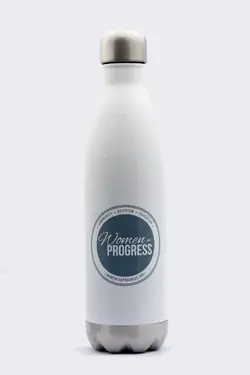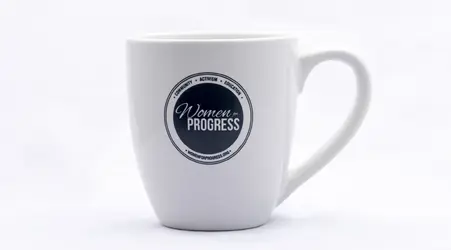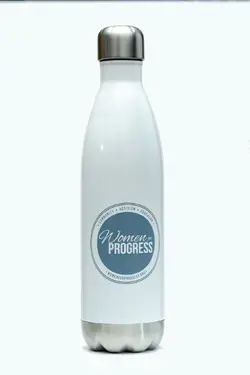gossamer
TPF Noob!
- Joined
- Dec 24, 2013
- Messages
- 234
- Reaction score
- 23
- Location
- New Jersey
- Can others edit my Photos
- Photos OK to edit
Hi, the picture below was shot using my D500 with my 24-70mm using two XPLOR 600s at about 1/32nd power, each with a 38" octobox positioned from above, but the item appears to get lost in the background. The background is inside a light tent with a muslin background. The background is a little wrinkled, so I used the light to overtake (if that's the right word) the wrinkles. I've set the white balance using my lastolite pop-up gray card.
Looking at the image here, I see the background still needs some work, but some guidance on the best approach would be appreciated.
I've also included a mug that I think is a little better, but it's also somewhat lost in the background.
What's the proper way to do this?
Is it better to just use a different colored background?
This was really difficult


Looking at the image here, I see the background still needs some work, but some guidance on the best approach would be appreciated.
I've also included a mug that I think is a little better, but it's also somewhat lost in the background.
What's the proper way to do this?
Is it better to just use a different colored background?
This was really difficult










![[No title]](/data/xfmg/thumbnail/31/31016-072880d9bc086c9fe71b9b1ae48603d4.jpg?1734159101)
![[No title]](/data/xfmg/thumbnail/31/31015-dc3b950337aa798fec947c782fff2e35.jpg?1734159097)



![[No title]](/data/xfmg/thumbnail/31/31013-b871f1d295c83b831c1423028e1ce5dc.jpg?1734159090)